If you’ve wanted to create a lush vegetable garden but are limited by space, then vertical gardening is definitely the solution for you! Vertical gardens are not only efficient, convenient, and look great, but they are especially ideal for those with a tiny backyard or no backyard at all.
Vertical gardening also has many benefits. They use less space. They provide more air circulation and sunlight, meaning weeds, pests, and diseases are less likely. Lastly, plants will have a better chance of survival and growth!
The options are endless regarding vertical gardens. The sky is truly the limit. Here are 20 vertical vegetable garden ideas to give you all the inspiration you’ll ever need!
1. Plastic Gutter
Vertical vegetable gardens with plastic containers or gutters as planters offer a brilliant way to bring greenery into limited spaces. These clever setups save room while turning walls into living artworks. You can use recycled plastic containers or gutter segments, making it eco-friendly. They’re easy to install, even for novice gardeners.
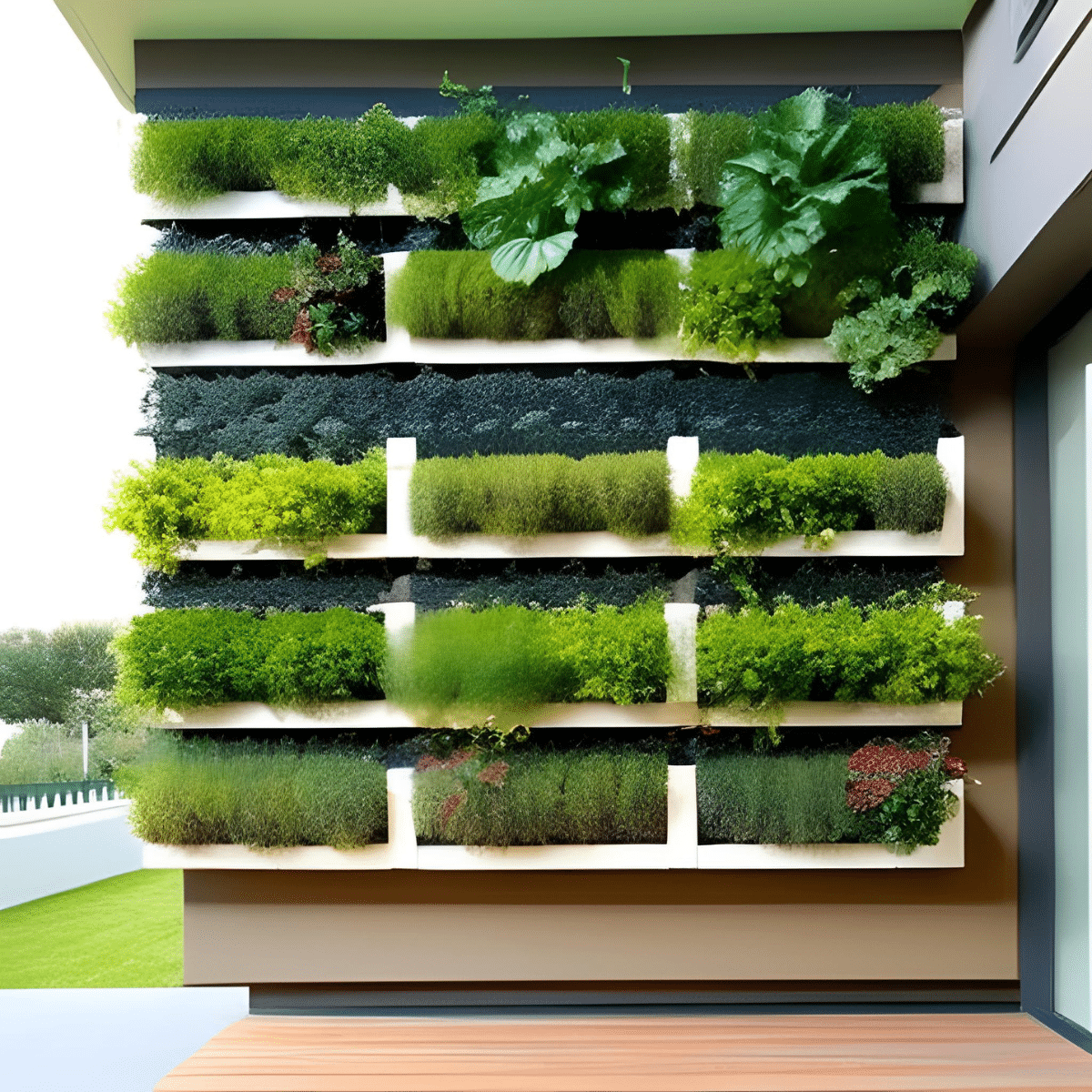
2. Hanging plants
Hanging plants are a fantastic way to create a vertical vegetable garden with limited space. You can use various containers like hanging baskets and pots or repurpose old items like rain gutters. Planting herbs like basil, mint, or trailing vegetables like cherry tomatoes or strawberries in these containers is an excellent choice. Hang them from hooks, a trellis, or a wall-mounted structure to maximise vertical space.
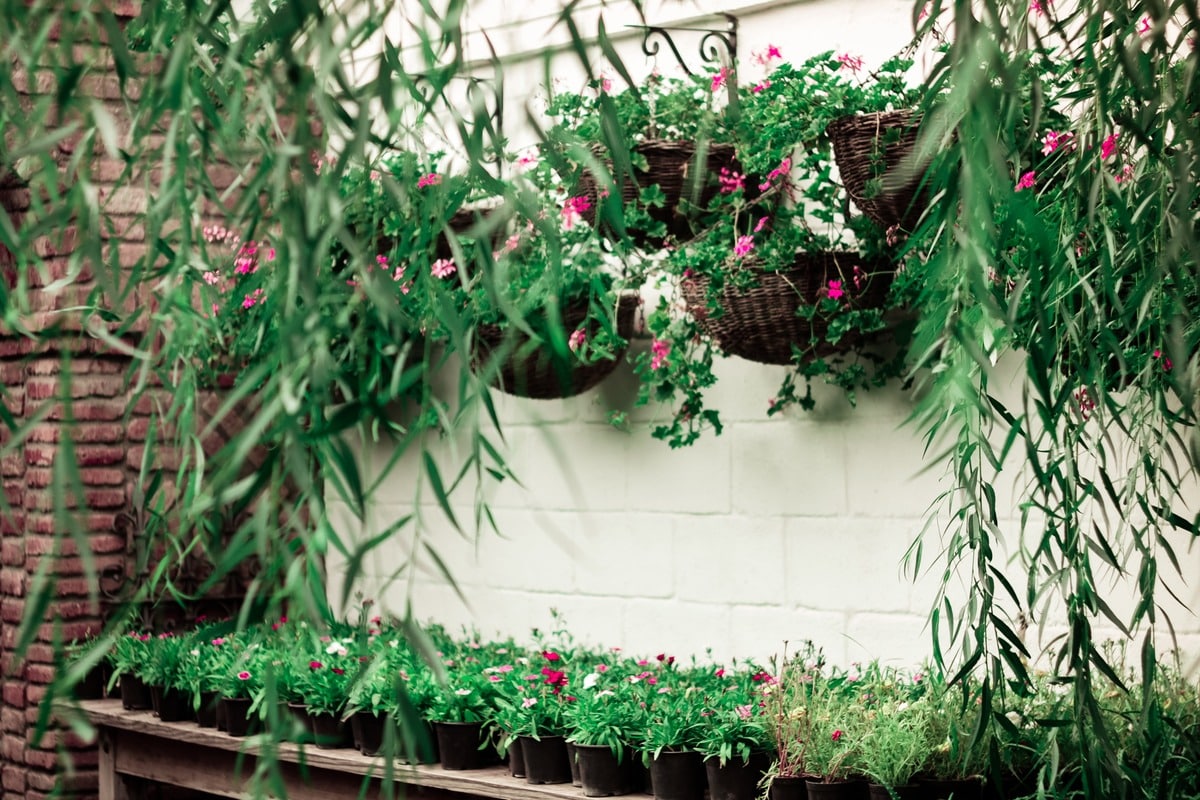
3. Wood planter
Wood planters offer a rustic and charming solution for creating a vertical vegetable garden. These sturdy and visually appealing containers can be customised in various sizes and shapes to fit your space. You can grow a wide range of vegetables like lettuce, kale, radishes, and even dwarf fruit trees in a wooden planter.
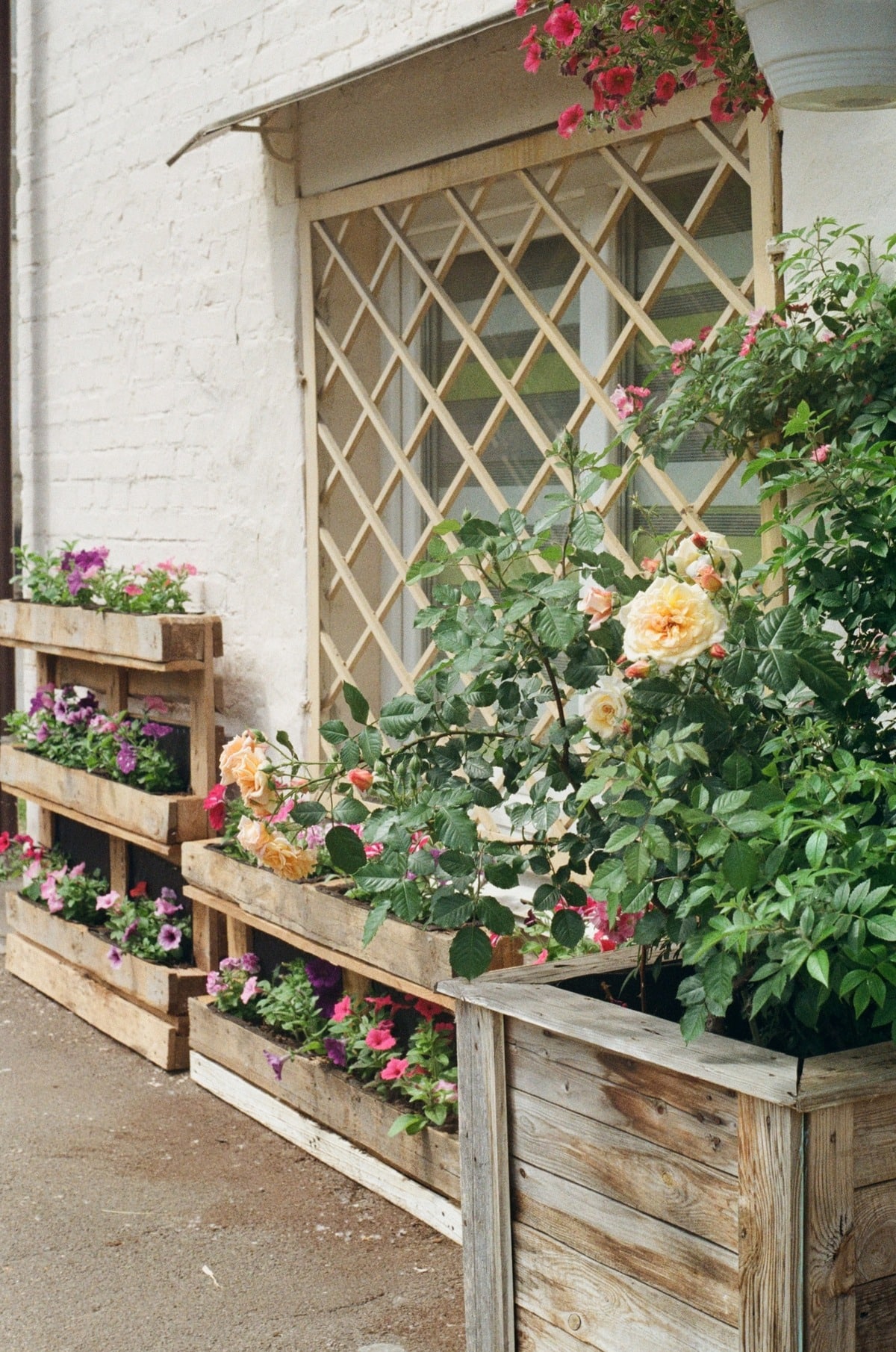
4. Lattice fence
Lattice fences are great for gardens as they not only provide privacy for your space but are also great for helping your vegetables grow nice and tall. These fences create an ideal framework for climbing plants like tomatoes, cucumbers, and beans. This maximises your garden’s productivity and adds a picturesque element to your outdoor space.
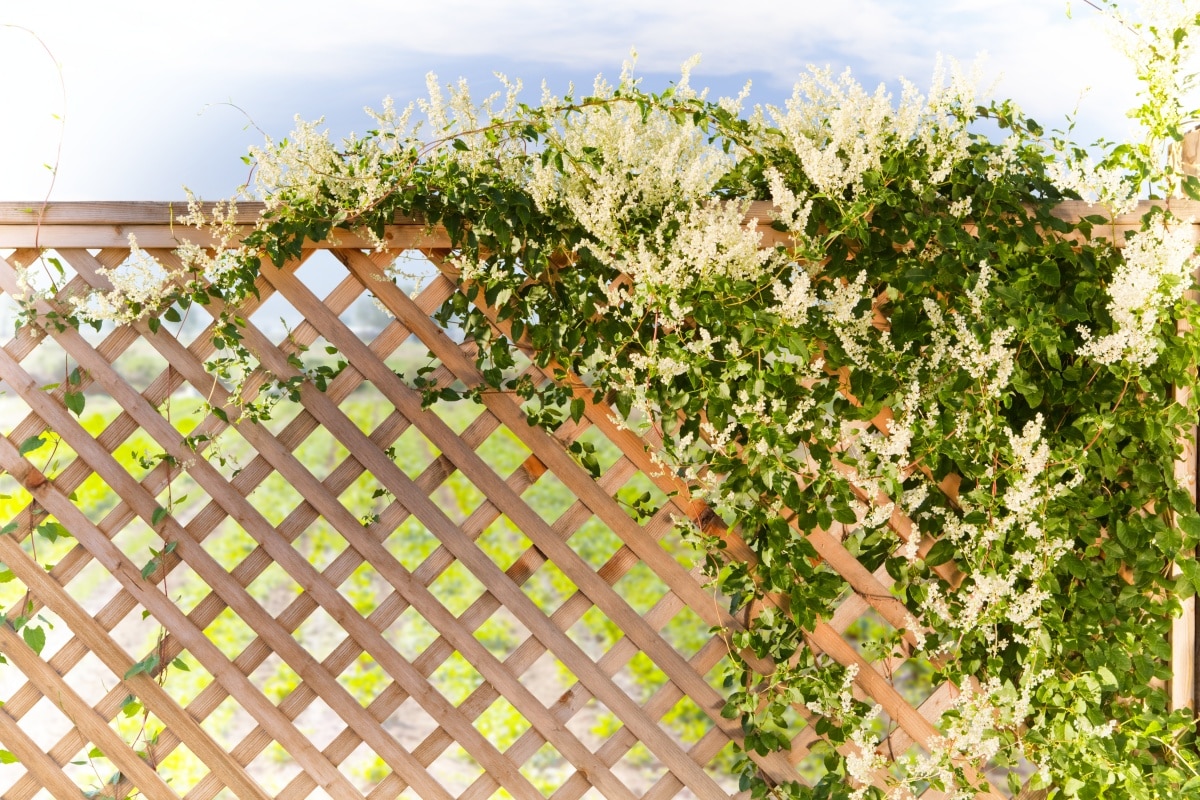
5. Up the Bamboo
Here’s an eco-friendly way to design a vertical vegetable garden. Bamboo poles or stakes can be used to hold up wire fencing and match well with the wooden plant boxes. The vertical structure saves space and allows plants to grow upwards, optimising sunlight exposure and air circulation. On top of that, this technique offers a sustainable touch to your garden, as bamboo is a renewable resource.
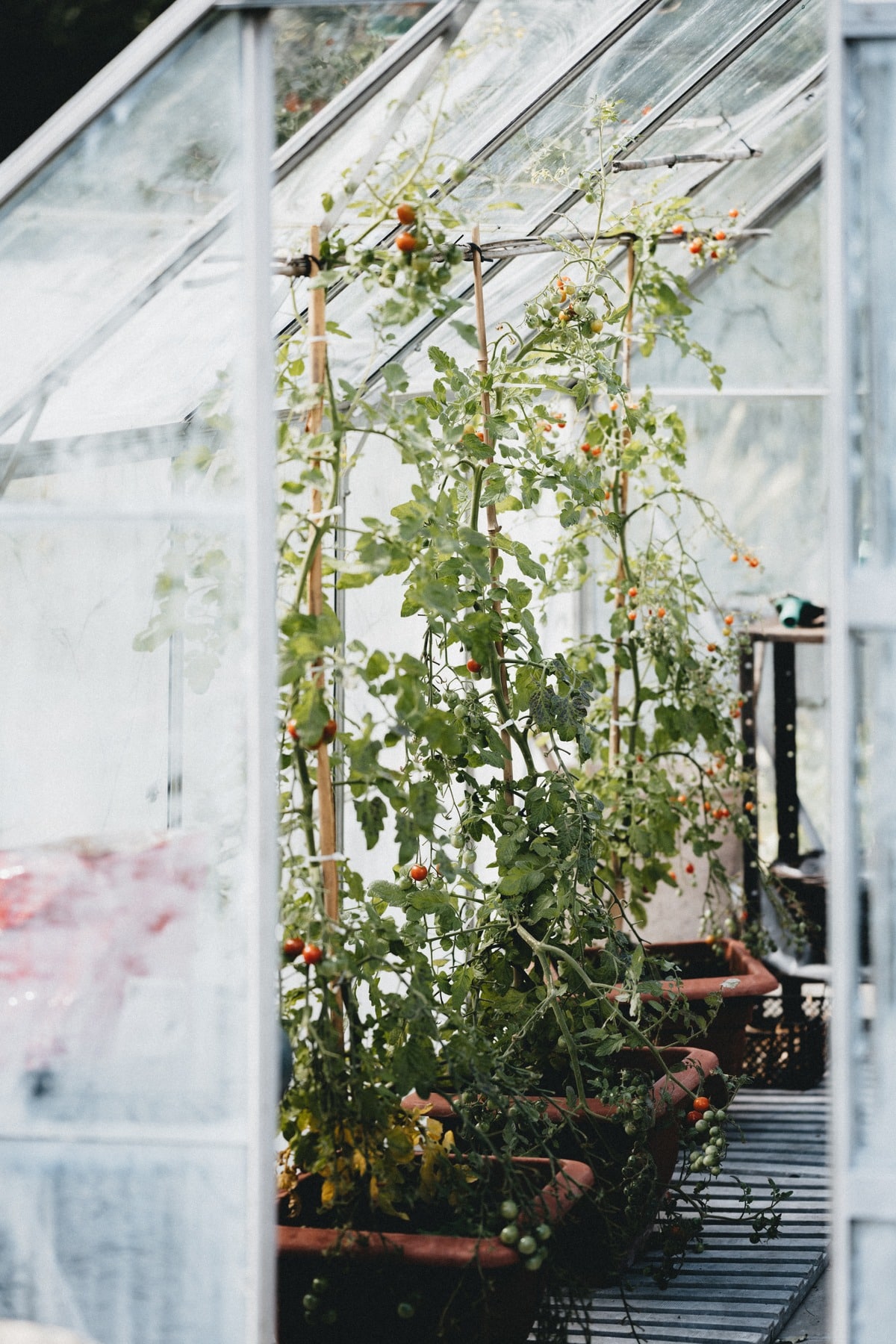
6. Pallet garden
Creating a vertical vegetable garden using pallets is such a budget-friendly idea. Pallets are readily available and can be upcycled into planters with minimal effort. Simply stack or attach pallets vertically and secure them firmly. Then, fill the open slats with soil and plant your choice of vegetables.
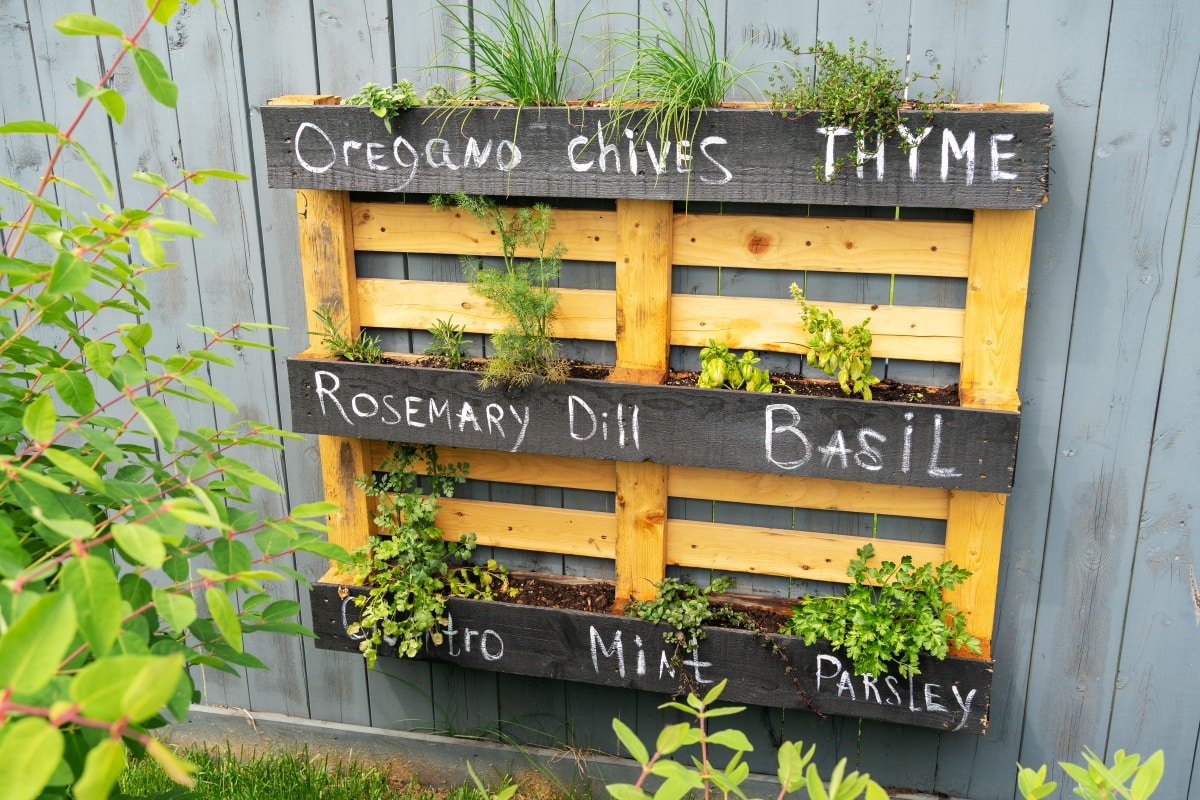
7. Tomatoes In A Row
Rows and rows of tomatoes, all of different colours and looking very tasty indeed, are perfect for a vertical garden. Tomatoes love to climb, so they will love living and thriving there!
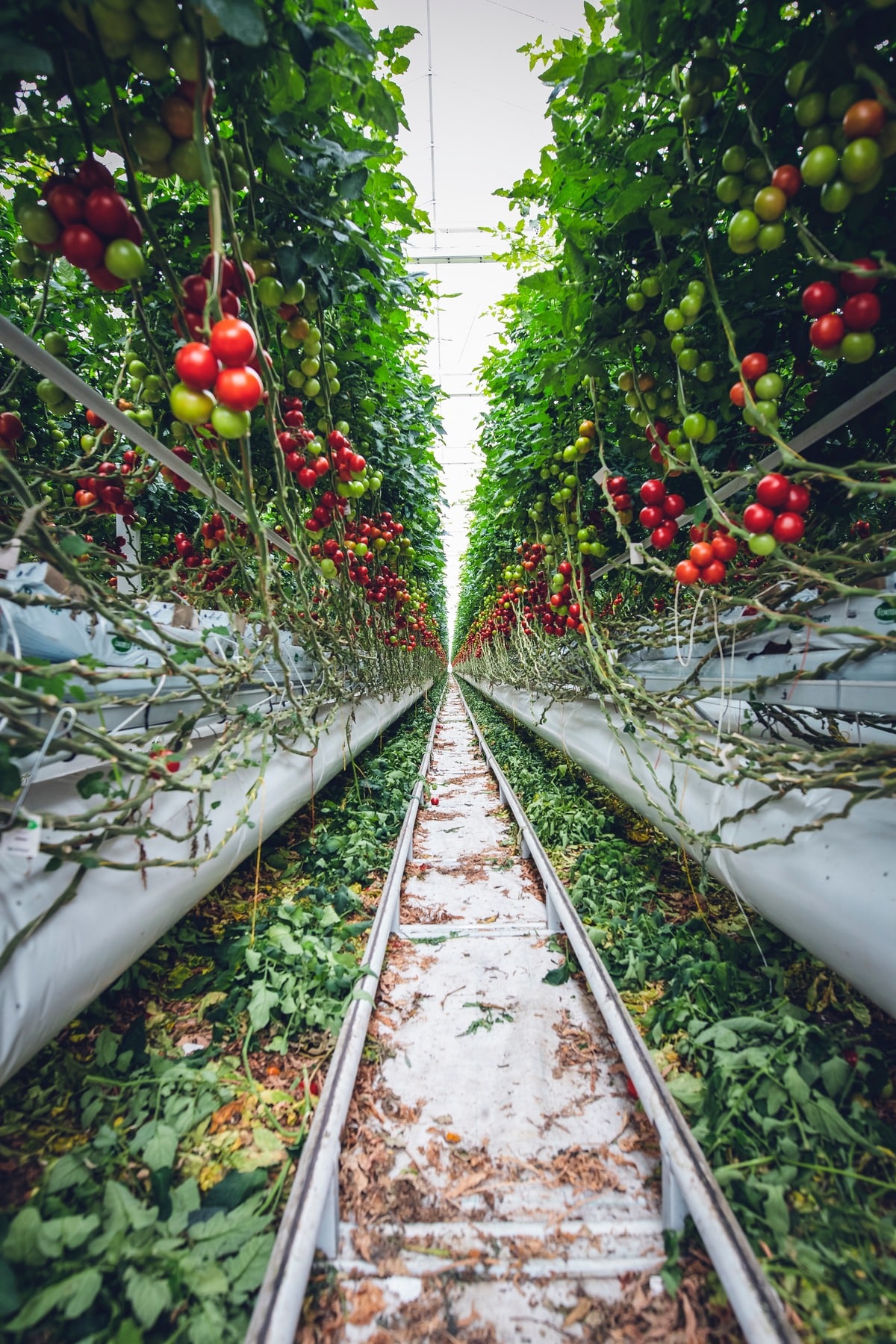
8. Stepping Up
This vertical garden idea is perfect for a mobile and adaptable gardening solution. Placing pots or containers on each stepladder step, you can grow various vegetables and herbs, such as cherry tomatoes, basil, or peppers. The ladder can be easily moved to optimise sunlight or change the garden’s location.
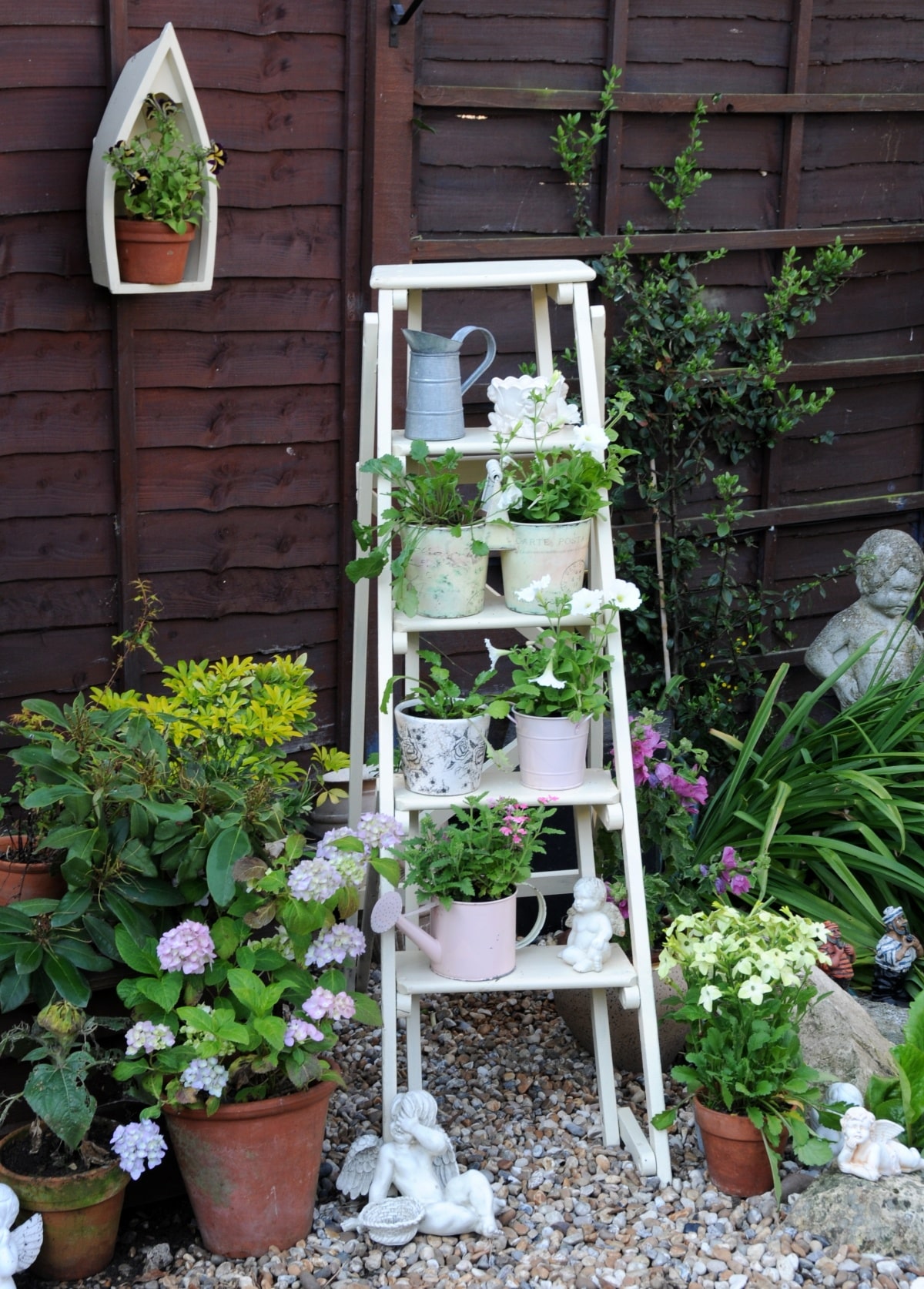
9. Slanted Trellis
A slanted trellis is a clever way to incorporate a vertical vegetable garden while adding an architectural and artistic element to your outdoor space. This design involves installing a trellis at a slight angle against a wall or fence. Vining vegetables like cucumbers, squash, or beans can be trained to grow upwards along the slanted trellis, saving valuable ground space.
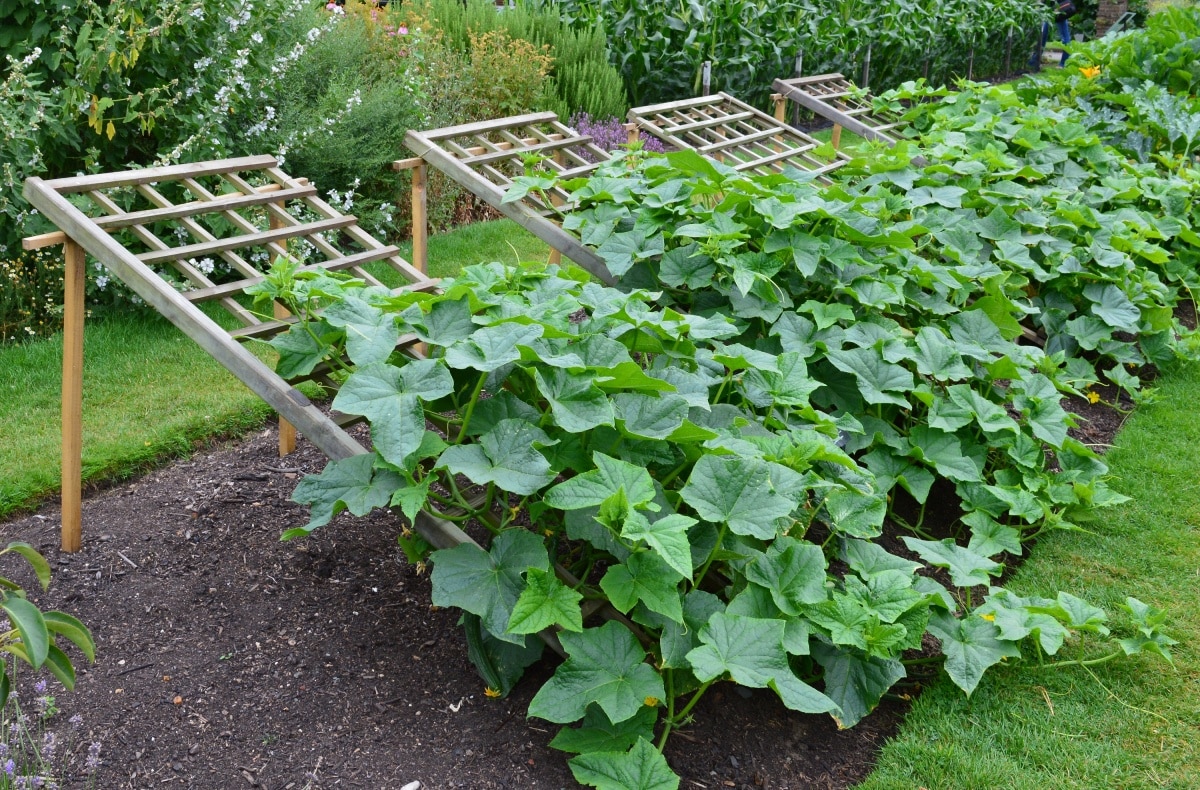
10. Ladder to the Wall
Using a ladder against a wall as a vertical vegetable garden is practical and visually striking. This creative approach involves leaning a ladder against a wall and placing containers or shelves on its steps or rungs. In these containers, you can grow herbs, succulents, or small vegetables like radishes or lettuce. Ladder gardens are perfect for tight spaces, balconies, or courtyards, as they efficiently use vertical space.
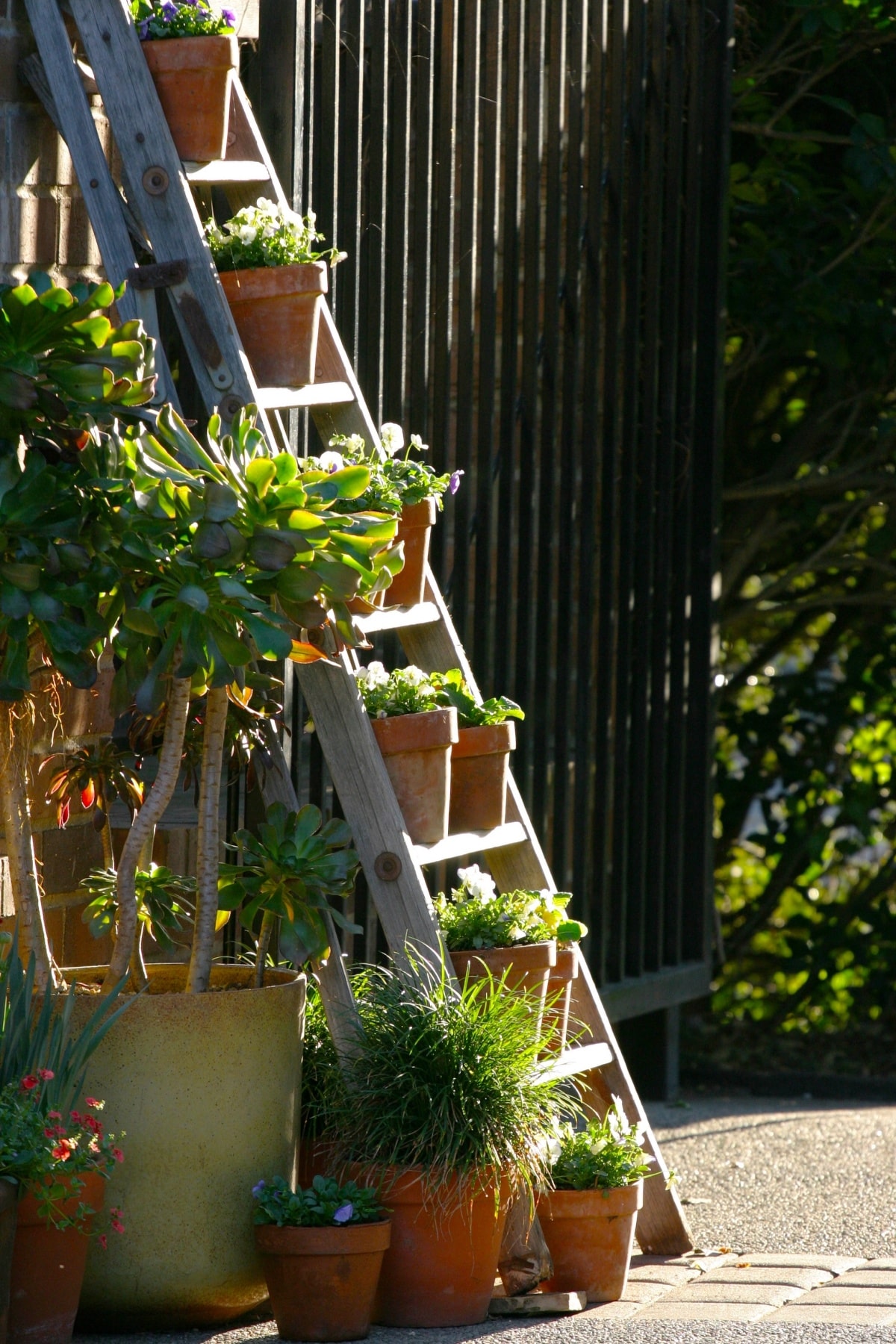
11. Mini Greenhouse
Everyone loves a greenhouse, but a mini installation is a solution if you don’t have the space for a large instalment. A few levels already mean you can fit many herbs and vegetables within the greenhouse.
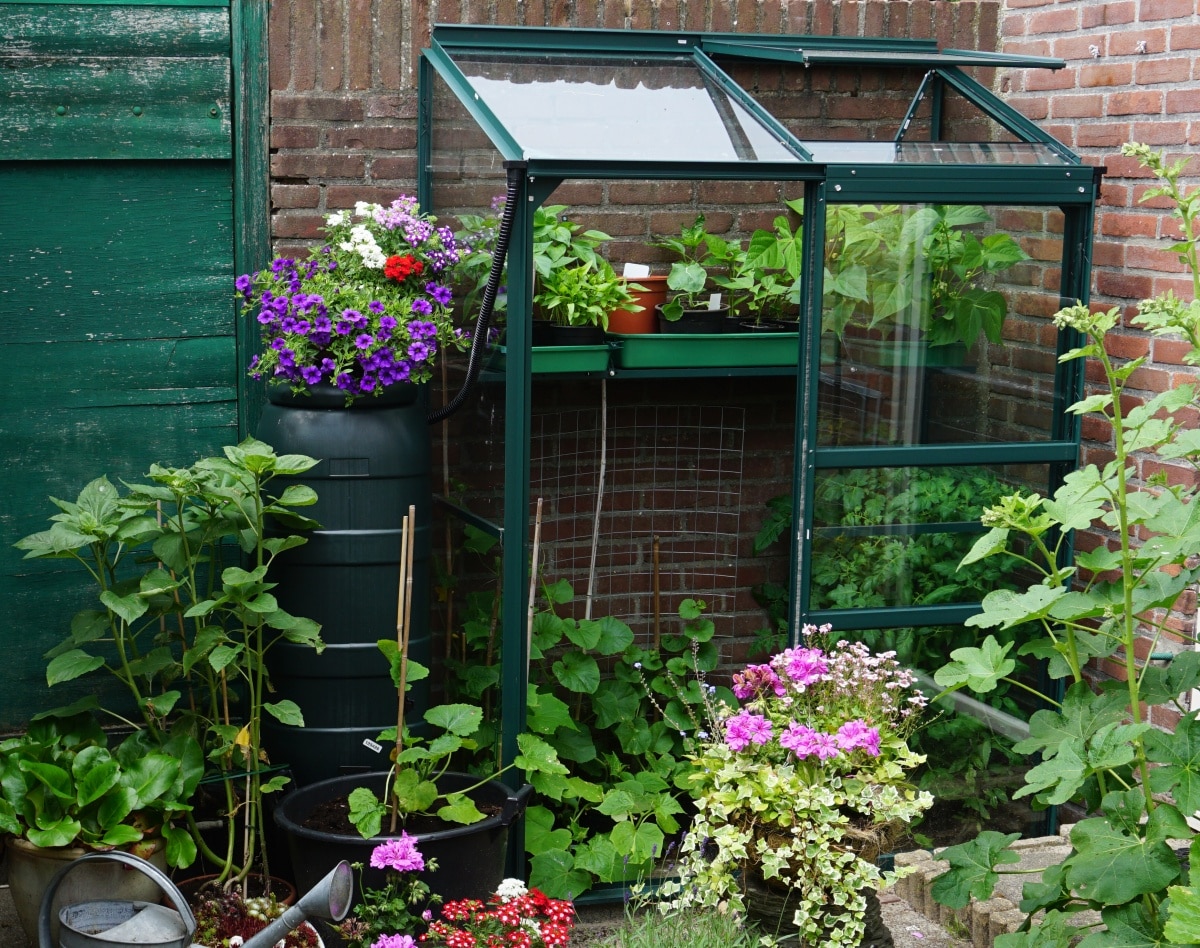
12. Lettuce on Lettuce
Lettuce plants are a versatile and popular choice for vertical vegetable gardens. These leafy greens are well-suited to growing in various vertical gardening systems, including hanging containers, pallet gardens, trellises, or even hydroponic setups. Lettuce is known for its quick growth, making it a rewarding choice for beginners and experienced gardeners.
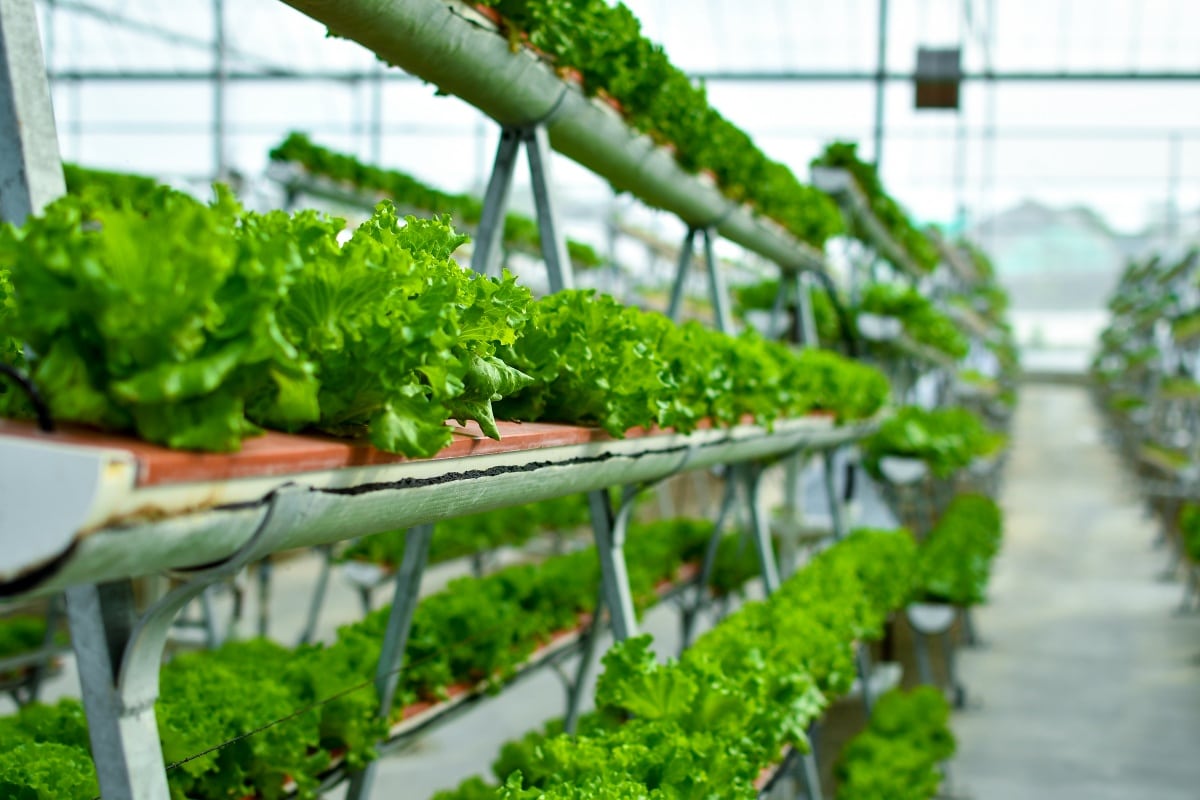
13. Coconut planter
Coconut planters are a unique and sustainable choice for creating a vertical vegetable garden. These natural, biodegradable containers are made from the shells of coconuts and offer an eco-friendly way to grow vegetables. To create a coconut planter, you must cut the top of a coconut shell and remove the inner flesh. The shell is then filled with potting soil, and you can plant your chosen vegetables or herbs directly into it.
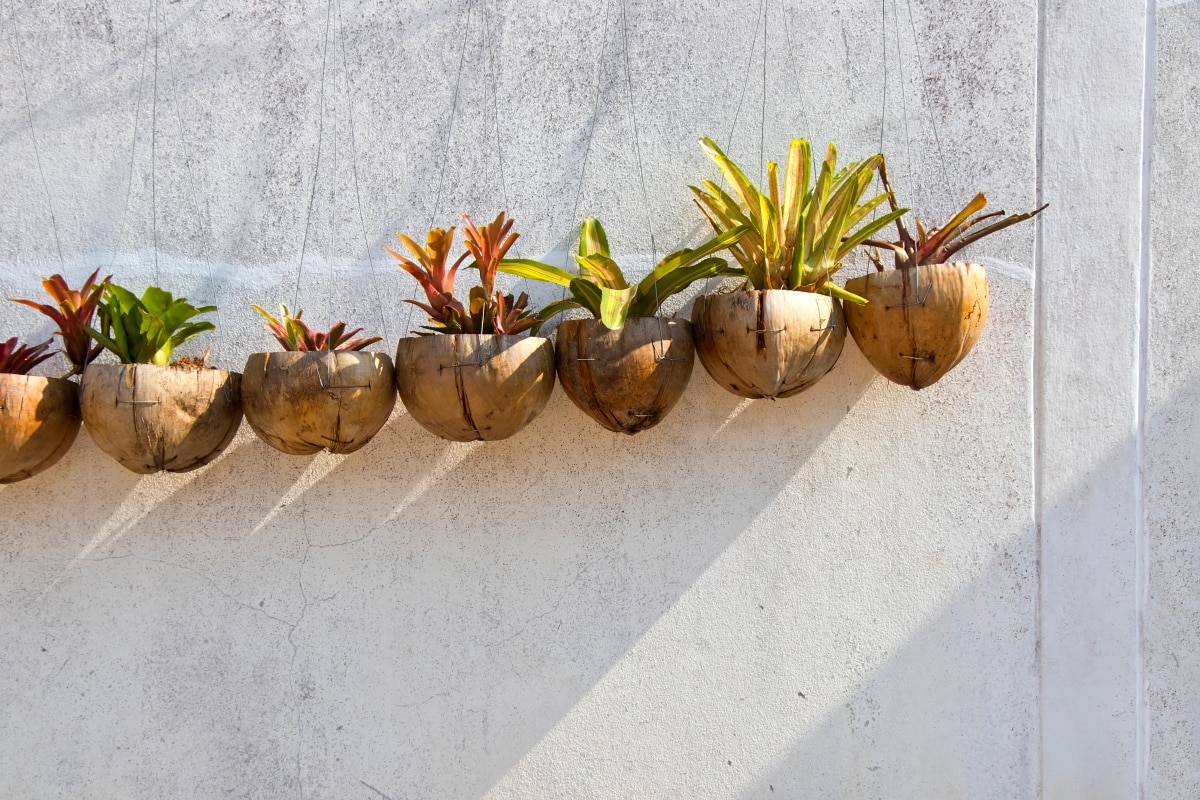
14. Space Saver
A vertical planter is a versatile and space-saving solution for growing vegetables vertically. These planters come in various designs, allowing you to maximise your growing space while adding an aesthetic element to your garden.
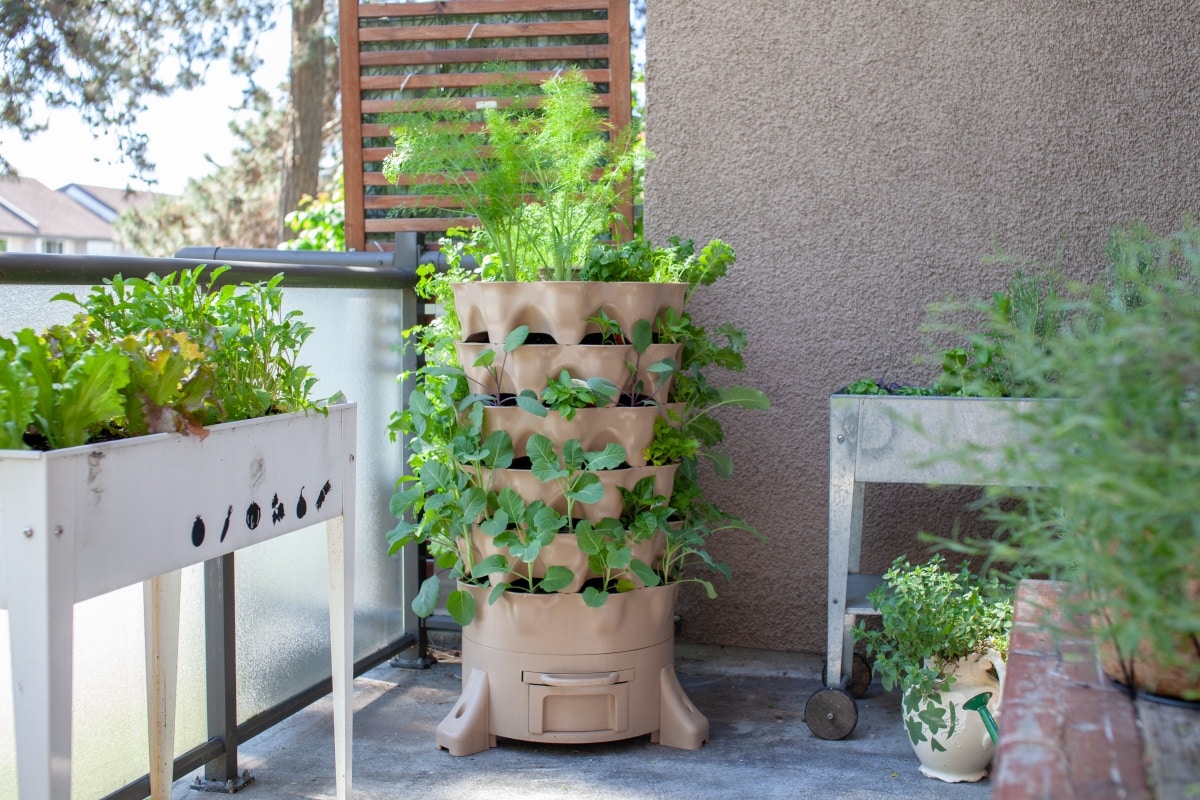
15. Pipe planters
If you want a creative way to build your vertical vegetable garden and don’t mind a little DIY-ing, you can repurpose old pipes into planters attached to walls, fences, or hung from trellises. You can cut the pipes into sections, add holes for planting, and then fill them with soil.
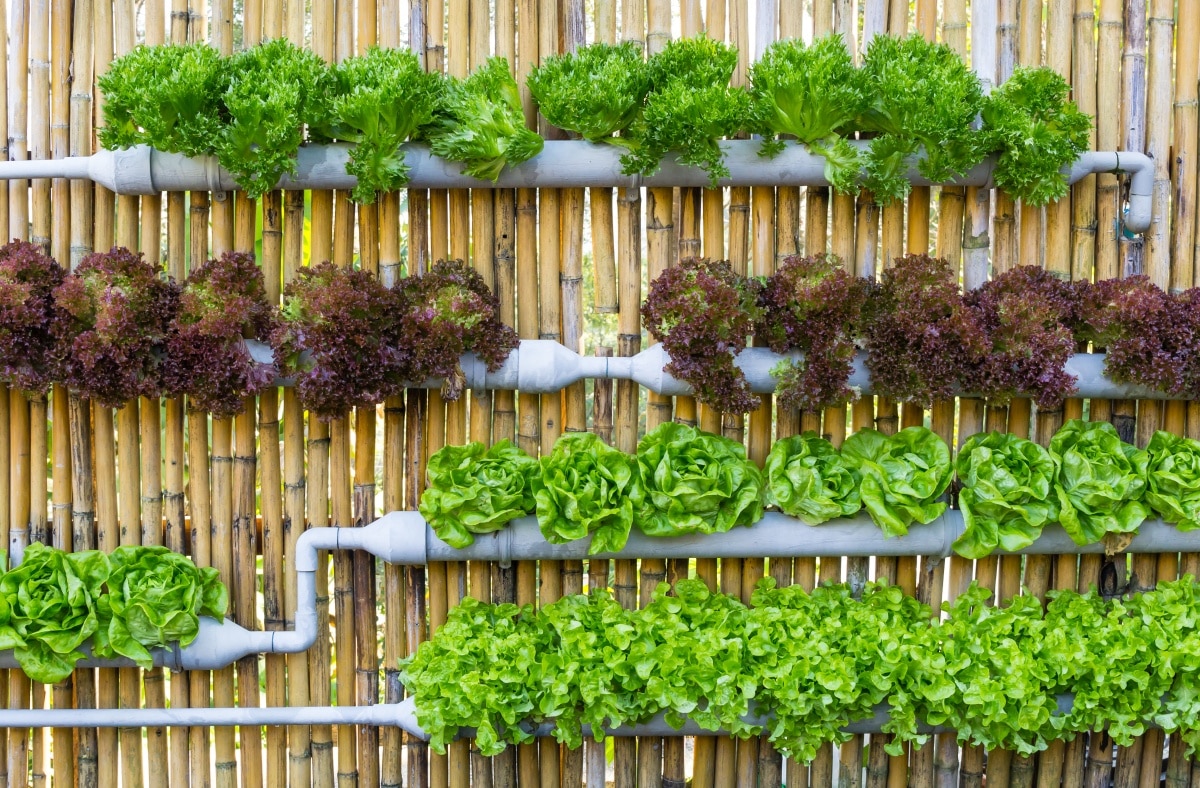
16. Colourful Pots
Colourful pots are a delightful way to infuse vibrancy and personality into your vertical vegetable garden. Whether you’re using traditional clay pots or modern plastic containers, choosing pots in various colours and patterns can add a visually appealing and lively touch to your garden space.
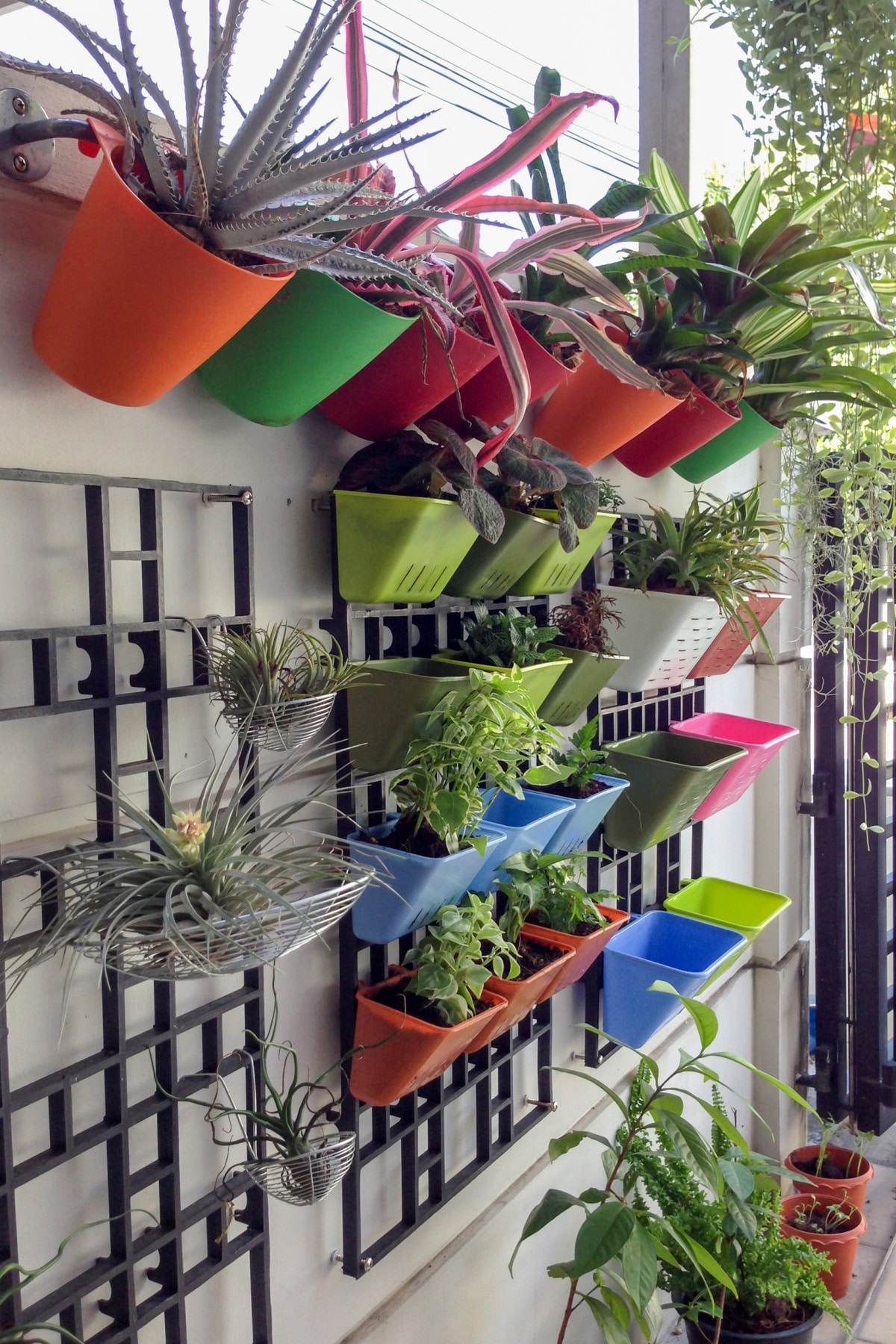
17. Bottles on the Wall
Converting plastic bottles into wall planters is an innovative solution, especially since you will repurpose them after they no longer serve their original purpose.
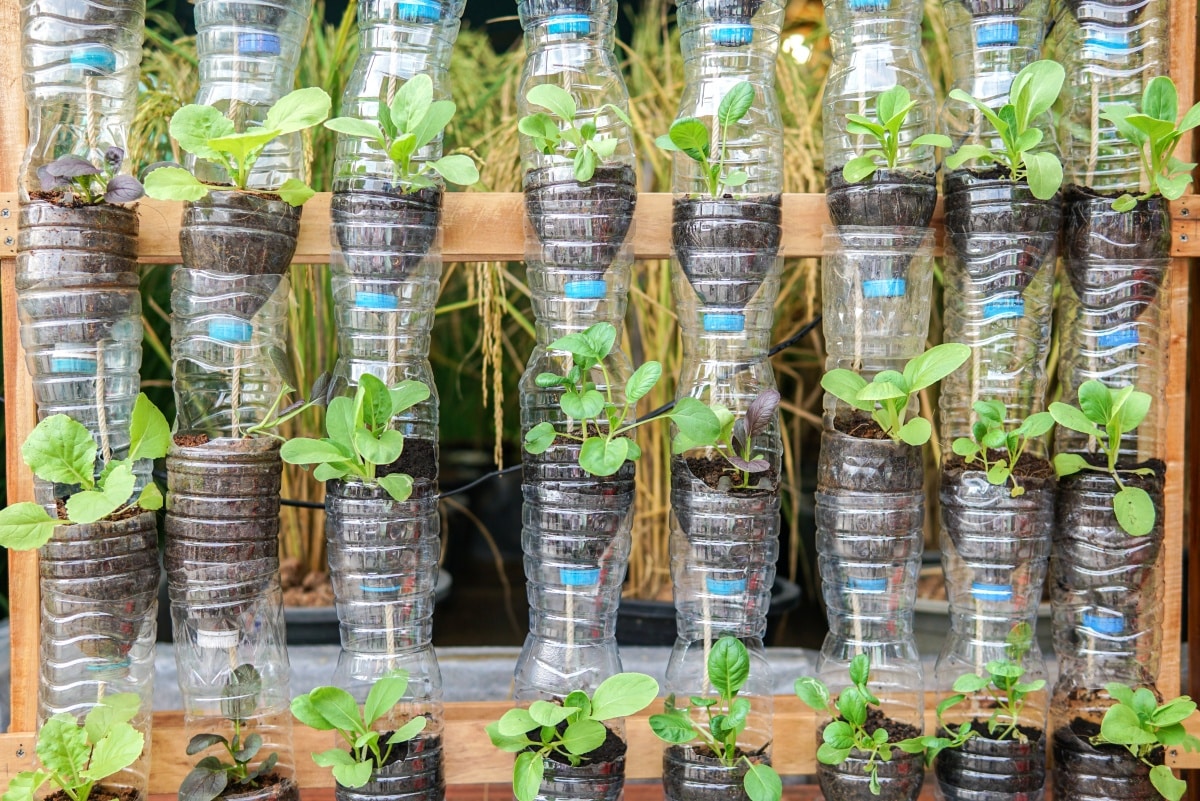
18. Hydroponic Tower
A hydroponic tower is a fantastic choice for home gardeners looking to maximise their vegetable and herb yields while saving space and resources. These towers offer a user-friendly and efficient way to cultivate fresh produce without traditional soil. With a hydroponic tower, you can grow vegetables and herbs right in your backyard or indoors.
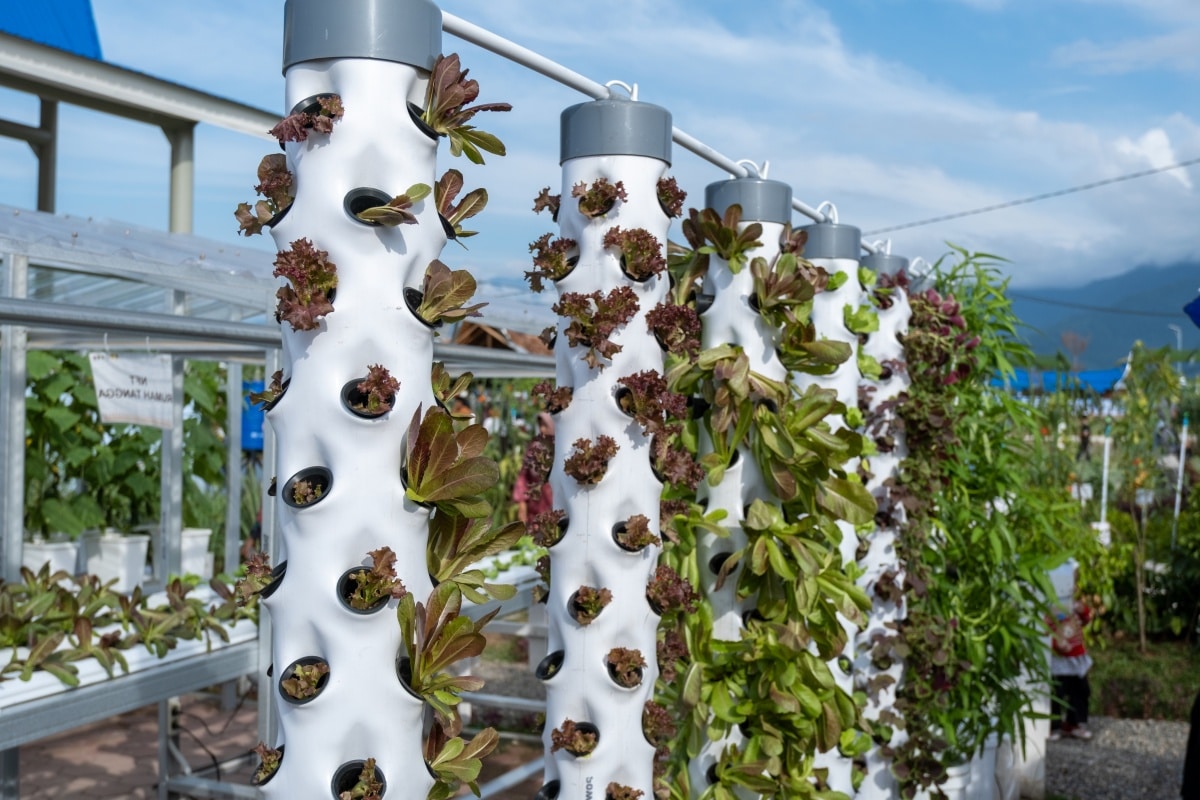
19. Terracotta Pots
Terra cotta pots are timeless and versatile containers that have been used for generations by home gardeners. In vertical vegetable gardening, terra cotta pots can be an excellent choice. You can arrange them vertically against a wall, fence, or balcony railing. These pots are ideal for growing various plants, including herbs, small vegetables, and flowers.
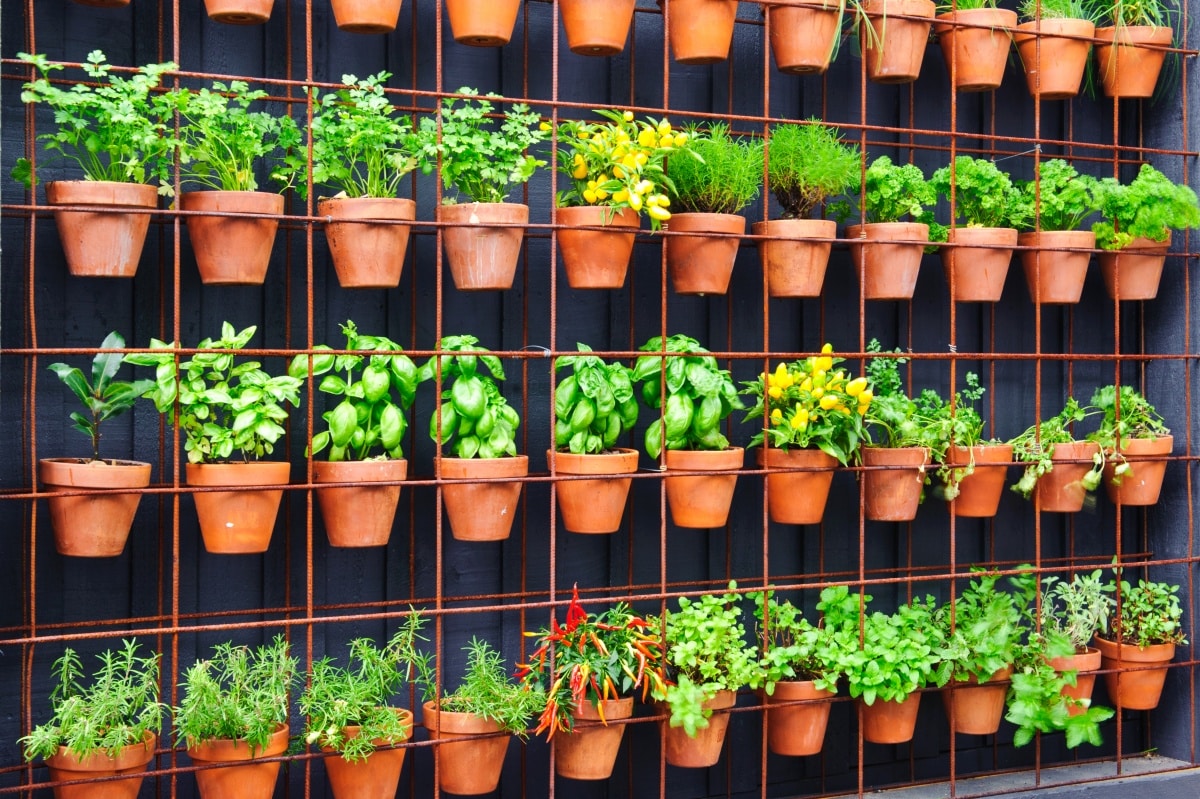
20. Trellising Leaves
Trellising leaves is an innovative approach to vertical vegetable gardening that uses vertical space to grow leafy greens and other edible plants. Instead of conventional trellising for vining crops, this method involves arranging sturdy trellises or frames to support the leaves.
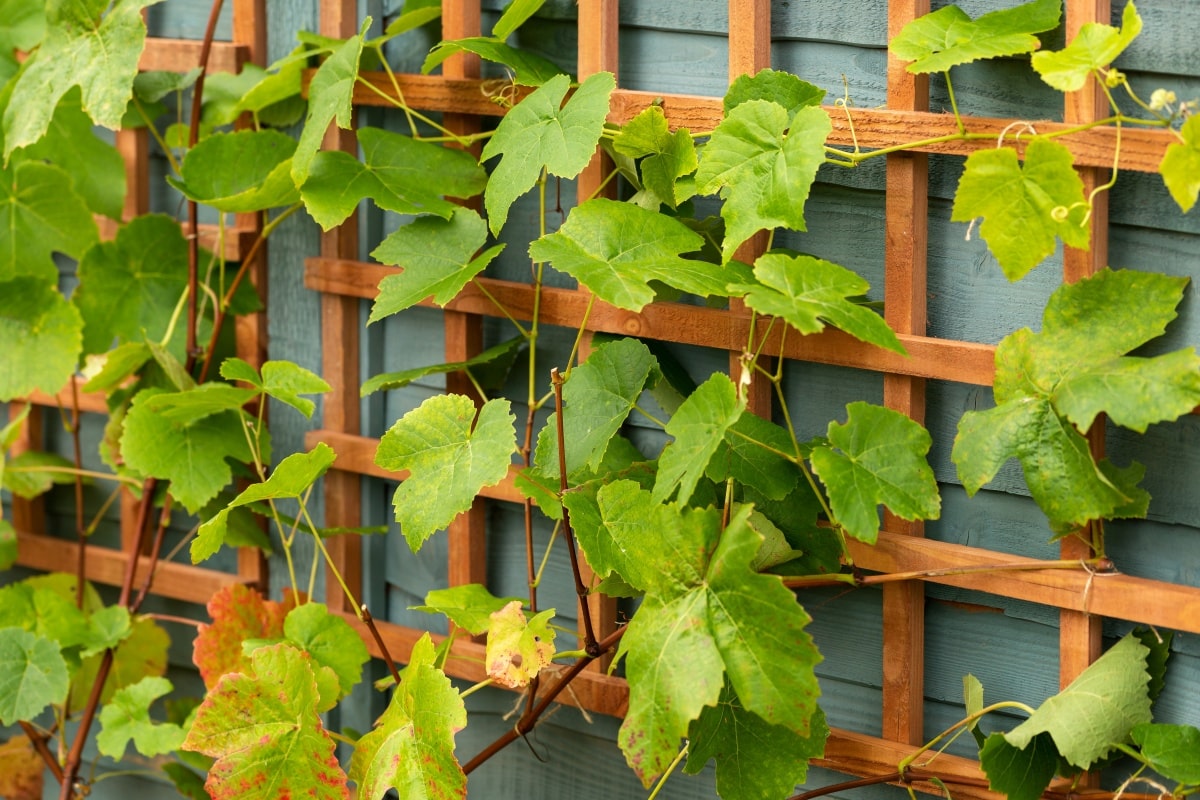
There you have it – 20 vertical vegetable garden ideas to inspire you. What will you be trying? Let’s chat in the comments below. Happy gardening!



